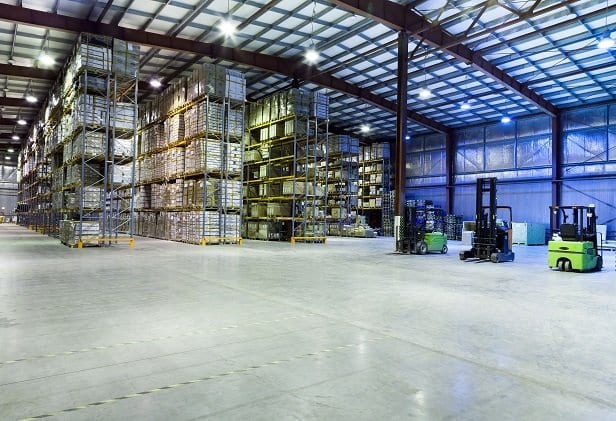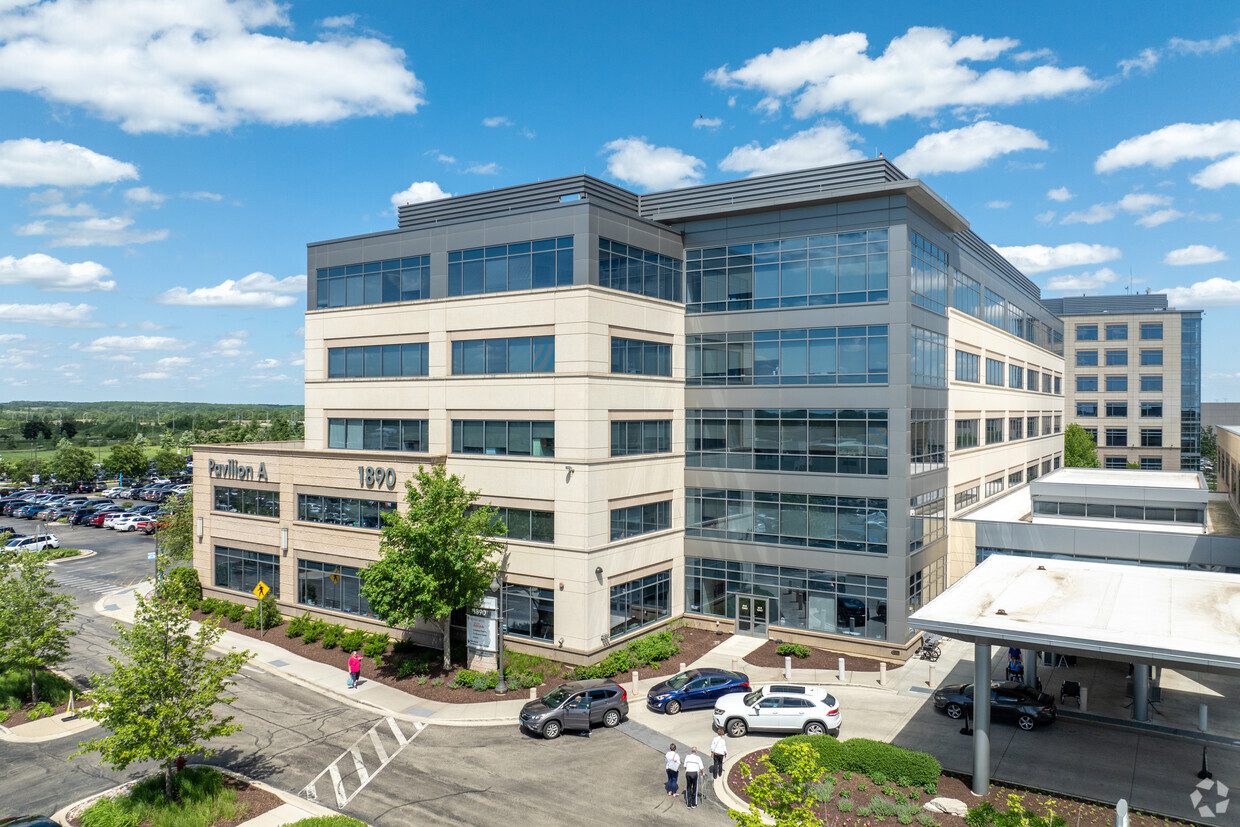April 2020
The Coronavirus Will Accelerate the Shift to Smaller Warehouses
New trucking and shipping regulatory changes are also driving the move to smaller, more numerous warehouses.
But Adam Roth, an executive vice president with Oakbrook, Ill.-based NAI Hiffman, thinks that soon may be changing.
“What I’ve found is by far the driver of real estate and site selection is transportation,” says Roth, who has a background in logistics and real estate. Roth believes transportation is 12 to 15 times the cost of real estate.
“When I’ve worked with companies that have decided where they want to locate their facilities, their decisions are really driven by transportation,” Roth says. “The only slight twist that’s occurred probably over the last year is that the conversations are getting much more detailed in regards to labor availability.”
New transportation rules for shippers were introduced at the end of 2019 and the beginning of 2020. Those included stricter electronic logging and drug and alcohol laws for truck drivers and new clean fuel mandates for ocean vessels.
Roth believes these trucking and shipping regulatory changes are significant enough to accelerate the move to smaller, more numerous warehouses. He completed a study that says companies could serve 90% of the US population with next-day service through 10 well-located facilities with a maximum 300-mile distance. Already, major firms like Amazon and Walmart are buying smaller sites, according to Roth.
“It [300 miles] is kind of far, but you could, you could argue it almost provides a next day service,” Roth says. “Then take it a step further, and you can hit within 150 miles of 90% of the U.S. population with 33 locations.”
As locations increase, so will warehouse space. “A corporation’s total square footage is going to increase as it wants to serve more of the population,” Roth says. “You may have fewer multi-state distribution locations, but you’re going to have more total locations. Your total footprint will increase as you have more locations.”
The rise of smaller warehouses isn’t a new trend. “The increase of facilities in closer proximity to population centers has already been happening,” Roth says.
That is partially because e-commerce trends that prioritize fast delivery have lessened the need for long trips, according to Roth.
COVID-19 will only further propel these trends, he says. “The virus has accelerated people’s acceptance of e-commerce, particularly in food and grocery, which was one of the lower adopted sectors,” Roth says. “Now, Amazon and Walmart are the anomalies, but you’re going to see a lot more corporations increase the number of facilities within 150 miles or 300 miles of the majority of the US population.”
These warehouse facilities could be a boon to a lot of off-the-radar locales. “Eleven secondary cities and a lot of tertiary cities populated this study because those are going to be where you’re going to need to have deployment points for e-commerce,” Roth says.

As seen at GlobeSt.com


